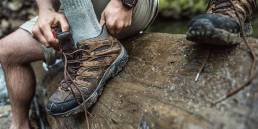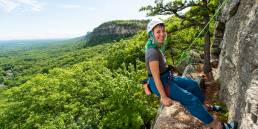“I hate climbing,” I yelled at the limestone wall I was attempting to ascend. I was three months post-op from foot surgery, and it was my first time back on rock. And we were in rural Montana, of all places. My muscles felt weak, the ache swept over the scar tissue, and I wasn’t having it.
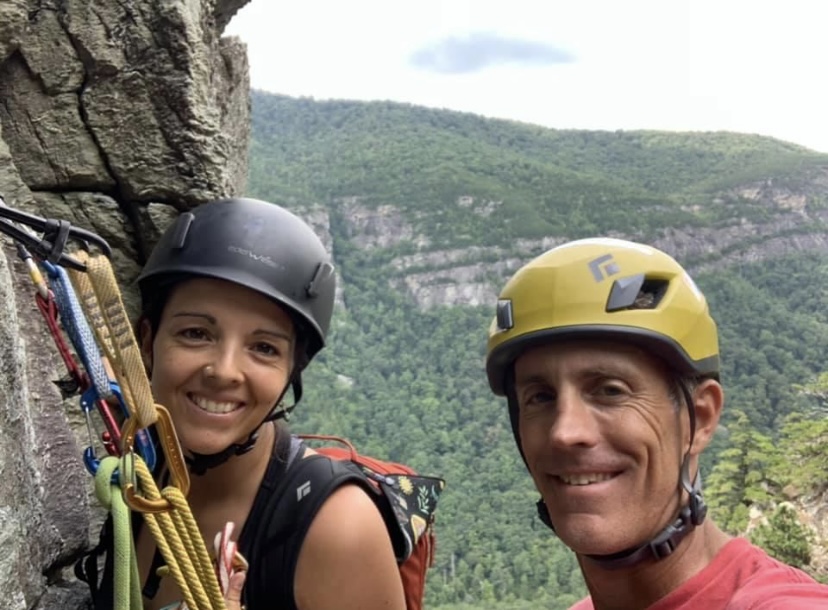
At his belay station, my partner’s face turned red. He was usually soft-spoken and easygoing. But I’d just thrown stones at his favorite sport in the world, and it bothered him. A lot. Tommy lowered me to the boulder-covered ground. I belayed him for one last route, and then our relationship changed.
We’d met climbing in North Carolina a year and a half before. Most of our early interactions followed the crevices and imperfections of the rock. He taught me how to keep myself safe while I was hundreds of feet off of the ground. It was on iconic features like Looking Glass where we got to know each other between grunts and power moves. I loved climbing. And I loved him.
About a year after we’d first met, I learned that rock climbing was likely the culprit of my foot injury. Suddenly, a sport that provided challenge and companionship felt like my kryptonite. The flexion of my forefoot hurt, and the pain was only exacerbated by climbing shoes. I wasn’t sure I ever wanted to climb again, but Tommy couldn’t live without it. So, we were at a crossroads.
Prior to my operation, my surgeon explained that the chances of re-injuring my foot were high if I continued along as if nothing had happened. Climbing may have been part of the problem, but I’d never been easy on my feet. I was to blame, too. Not only had climbing become a chore for me, but it also came with risks I wasn’t sure I was willing to face. I’d always had a hard time doing anything half-measured.
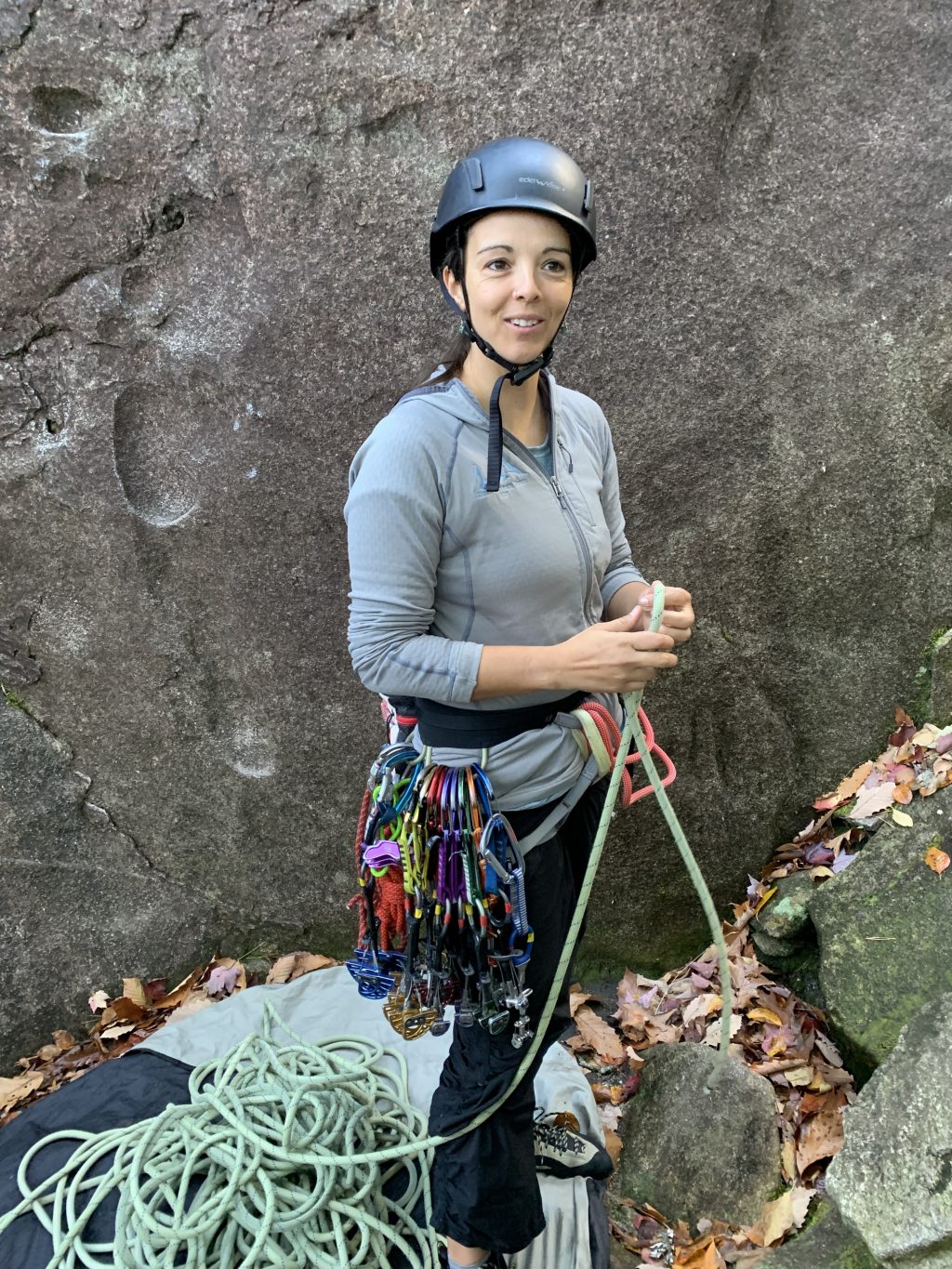
Over the following months, I went from being an equal participant in climbing escapades to occasionally lending a belay. Eventually, I stopped packing ropes and harnesses. Then I stopped climbing. I wasn’t enjoying myself anymore.
On the weekends, Tommy got up with the sunrise and disappeared into rock-cropped peaks for hours at a time. I packed my running vest and took the dogs out to the local hiking trails, where we got lost in our own thoughts. That type of movement catered to my strengths rather than revealing my weaknesses, and I usually came home feeling happier than when I’d left.
Unlike Tommy, I considered myself to be a “dabbler,” or someone who knew a little bit about a whole bunch of different sports. I could find happiness on a pair of skis, in the water, or even on concrete trails. My true love, however, was backpacking. If there was one sport I couldn’t live without, that was it.
Tommy’s face showed a similar emotion when he pulled up in the driveway. He was tired but re-charged after a long alpine expedition. Getting out with people who were just as excited to climb as he was seemed to add fuel to the fire. He needed companionship in the mountains, even if it meant I wasn’t giving it to him.
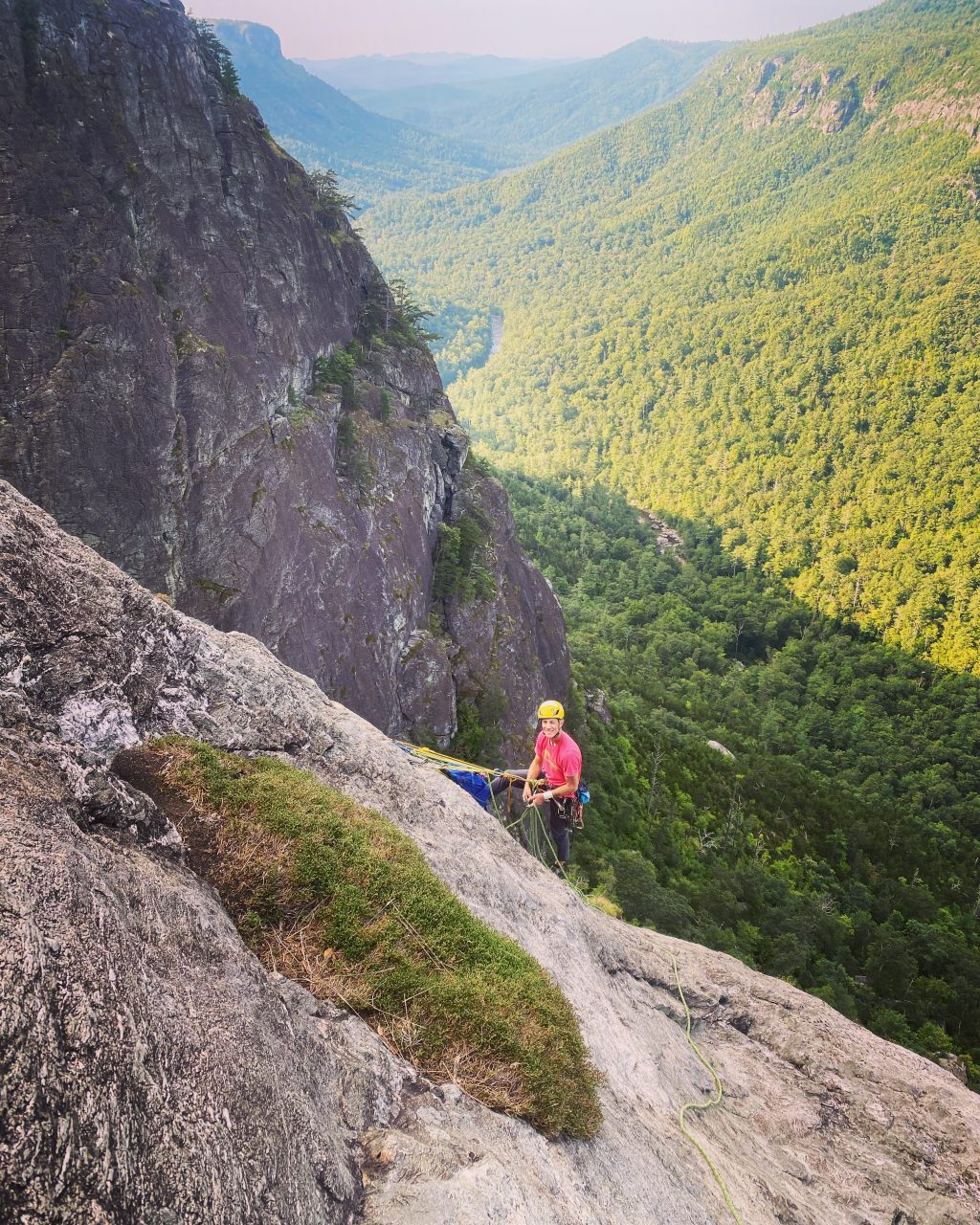
As our relationship changed, we found new ways to spend time together. Tommy could be the alpine climber he envisioned, I could hike and backpack, and when everything was said and done, we’d meet up for a burger or spend time in the backyard when we got home. As we became curious about finding new ways to spend time together, it became clear to us both that we were in this relationship for more than outdoor endeavors. He was a keeper.
Mary Beth Skylis
Mary Beth began her journey in the outdoors while thru-hiking the Appalachian Trail in 2015. She soon went on to backpack the Colorado Trail, and part of Nepal's Annapurna Circuit. Today, she resides in North Carolina where she can commonly be found rock climbing, surfing, or backpacking. Some of her recent work can be found in Outside and Backpacker Magazines.
Related Posts
April 24, 2024
What to Bring When Road Tripping with Your Dog
Prepare for the ultimate road trip with…


